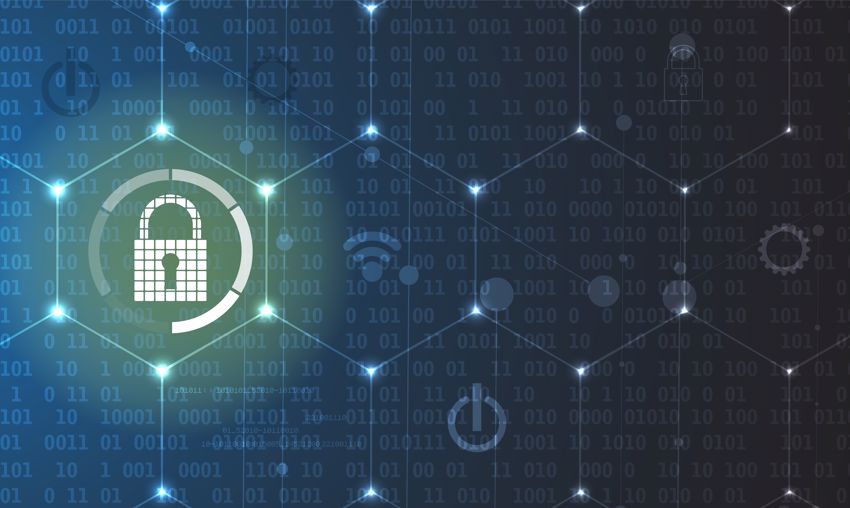With the rising frequency of cyber attacks on organizations around the world, it’s more important than ever that your Senior Living community takes an even more serious approach to their cybersecurity posture and cyber risk. One of the most critical things that IT staff can do for their community is to take proactive measures in protecting it from malicious actors trying to get access to their internal network or systems — or perhaps even worse — their residents’ protected health information (PHI).
The best cybersecurity practices for senior living communities
In order to keep your community safe from cyber attacks, there are many cybersecurity options available to you. One of the most important ways you can take action is creating a culture of proactivity for your cybersecurity measures across the entirety of your organization, including email security. 91% of data breaches start with a phishing email sent to an employee, meaning that consistent training for your staff on best email handling practices and how to spot fraudulent activity is a must. Your IT team must also keep watch over their critical infrastructure by performing threat detection procedures such as a consistent set of vulnerability scans to ensure that your network is operating at optimal security levels. These scans start with researching your community’s environment through publicly available data sources, such as search engines and websites, and identify potential weaknesses applicable to the system. Lastly, you must perform annual HIPAA security assessments to ensure your residents’ PHI is secure. All of these security operations should be used to generate a report with a list of action items in order to ensure your community’s risk is mitigated.
Ransomware for PHI provides one of the largest sources of risk to Senior Living communities as it could give threat actors the ability to shut down essential services for your residents and force your staff to provide care with pen and paper. To prevent this, and other attacks mentioned above, your organization should be following some of the best cybersecurity practices for senior living communities, including:
- Consistently patching and updating your software to prevent exploits.
- Maintaining offline and encrypted backups of your sensitive data.
- Creating a cybersecurity incident response plan so that your organization doesn’t waste precious hours should the worst happen.
- Put your security on trial by performing regular penetration testing.
- Keeping your antivirus software up to date.
- Maintaining strong endpoint security measures for your employees and residents.
- Utilizing multi factor authentication (MFA) for as many devices and applications as your organization can, especially if they are directly connected to your network.
- Ensuring the third-party technologies that you’re working with follow strong data security practices.
- Performing annual HIPAA security assessments required by the government.
- Following the more extensive guidelines for protecting from ransomware on the Cybersecurity and Infrastructure Agency (CISA) website.
- Offering regular end-user awareness training and testing for your employees
Why it’s beneficial for senior living communities to keep a strong cybersecurity presence
There are other reasons why keeping strong cybersecurity is vital for your community beyond just protecting your community from ransomware, malware, DDOS attacks or a phishing attempt. Your organization needs to consider its regulatory compliance status as well as its insurance premiums.
In order to meet your annual HIPAA compliance requirements, you must perform a yearly HIPAA security assessment which ensures that you’re maintaining a baseline of cybersecurity and risk management procedures to prove that you’re keeping your community members’ PHI safely stored. Failure to comply with such regulations could put you at risk of a hefty fine, among other penalties.
Keeping your insurance premiums as low as possible can be a major benefit of implementing cybersecurity risk management measures as well. Many insurance companies have noticed the growing trends in ransomware as well as other cyber threats and the astronomical costs that are associated with a breach. This has led them to start demanding that organizations prove a strong security posture by meeting a checklist of cybersecurity policies in order to get the best possible coverage. These policies include a push for the widespread adoption of multifactor authentication (MFA) across your organization among other initiatives.
These measures are being taken very seriously by insurance companies as they are both risk-averse and have been seeing a rise in cybersecurity related claims. In an interview with Lee Insurance Agency on our podcast Raising Tech, it was stated that their firm had been seeing a 40-50% increase in cybersecurity claim frequency and that some of their clients’ premiums had increased by up to 300% due to not having adequate protections in place.
Keeping your community protected
Keeping your organization safe from a cyber attack can be difficult for many Senior Living communities due to limitations in time and bandwidth. One of the best ways to ensure that your organization has a strong cybersecurity posture is to work with a managed services provider that understands how your community functions and what your unique security and compliance needs are. Parasol Alliance is an award winning organization that focuses on providing technology and cybersecurity services exclusively to Senior Living communities. If you’d like to learn more about how we can be a security solution to keep your organization better protected and compliant, contact us today.




